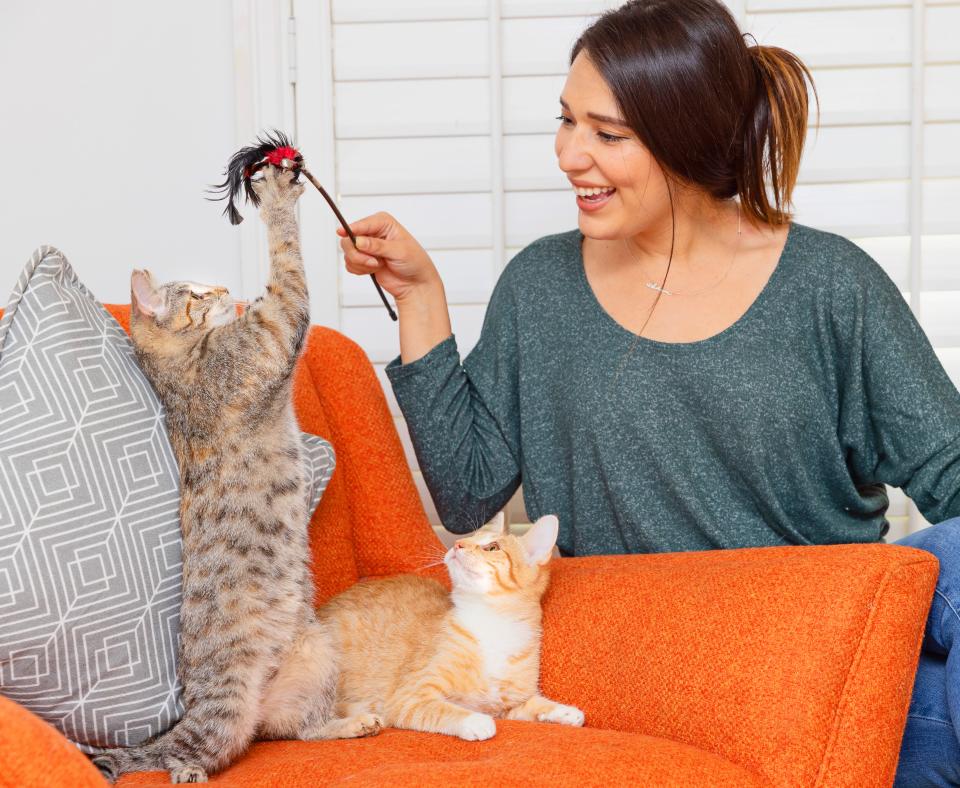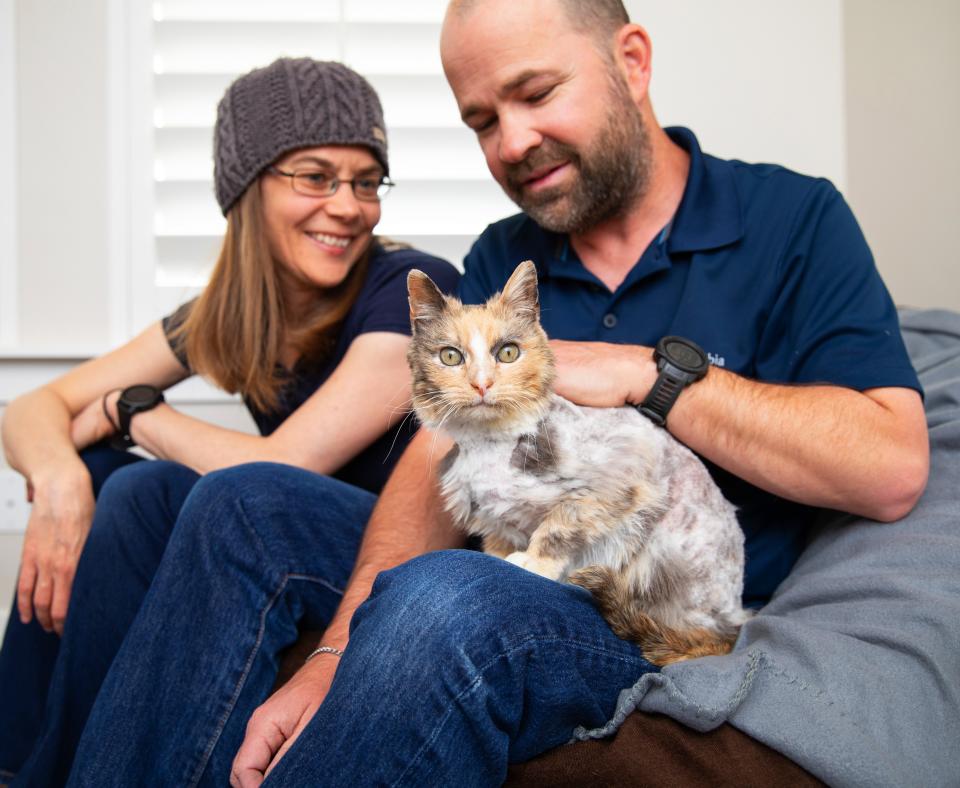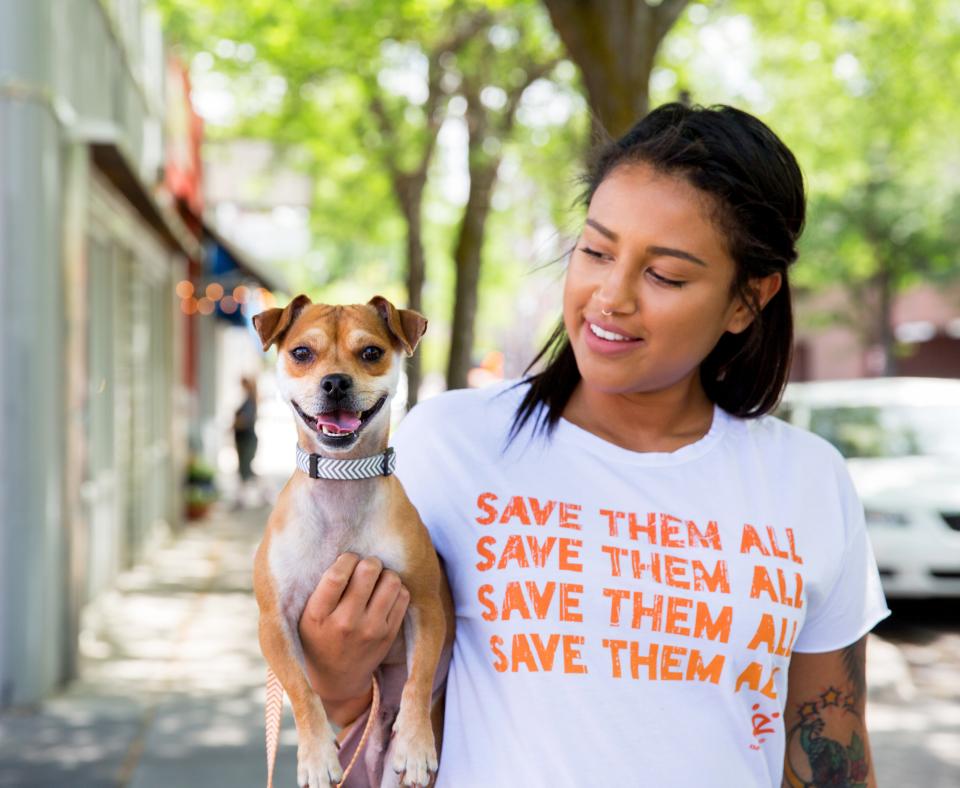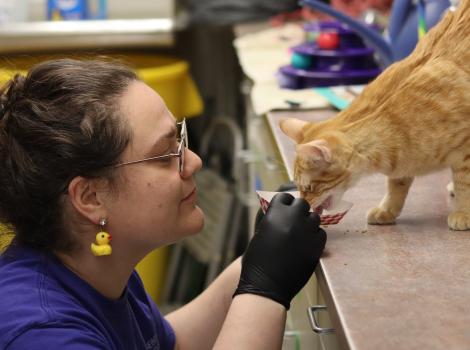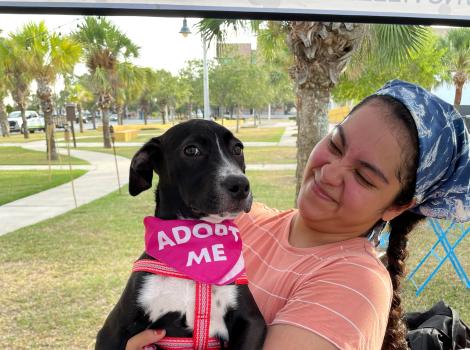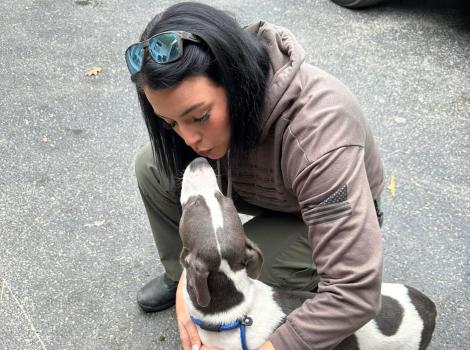Meeting the challenge of saving pets in Mississippi

Emily Hirtle remembers it like it was yesterday. She had just walked into a pet supply store in Connecticut with her mom and dad. It didn’t take long for the little 11-year-old to notice a group of rambunctious puppies over in the corner.
Later that day, the pups would be the featured stars for adoption, but the lady in charge of the event seemed exasperated. The puppies were, well, acting like puppies — romping all over the place and doing their business. “Do you want me to help you clean that up?” Emily asked. “Yeah, get in here, kid” was the answer.
Fast-forward a dozen or so years and Emily is a senior specialist in Best Friends’ East region, part of a Best Friends outreach team tasked with collaborating with shelters to save the lives of pets in a part of the country where resources to give dogs and cats second chances are limited. Working together with shelters to adopt best practices in line with national standards to save more dogs and cats is one of the ways that Best Friends is helping shelters around the country reach no-kill in 2025.

Lifesaving in Mississippi
“Emily was hired to be our boots on the ground to help the many shelters in the area save more of their animals,” says Lisa Barrett, a manager in Best Friends’ East region. “And boy has she blown that assignment out of the water! She’s saving animals left and right, building relationships with people, and changing the way they think about animals in shelters.”
Since May 2023, Emily has played an instrumental role in 1,400 pets leaving Mississippi shelters alive by driving animals from Rankin County Animal Shelter and other area shelters to facilities where they’ll have a better chance of being adopted. She then publicizes their availability on a Facebook page she manages and also gets the word out to a growing network of rescue group contacts that she and Lisa developed together.
[A community unites for the good of its pets and people]
Three days a week, Emily makes the two-and-a-half-hour drive from her home in Saucier, Mississippi, to the Rankin County facility. She’s on the road early in the morning and spends most of the day at the shelter before loading her van with animals from the shelter. She spends the rest of the day driving them to different rescue groups that will adopt them into new homes.
At the Rankin County shelter, staffed by people incarcerated at a nearby prison and under the supervision of the Rankin County Sheriff’s Office, Emily works with the staff, teaching them how to appropriately care for animals. The rest of her day is taken up with photographing animals, networking them to her animal rescue group contacts, writing their bios, and posting about them on the Best Friends of Central Mississippi Facebook page.

Always more pets in need — a constant challenge
Residents in Rankin County are responding in a way that says they are willing to adopt animals who need homes. “Every time we make a social media post that an animal is in urgent need of a home, the community responds,” Emily says.
But the daily challenge of trying to save animals in Mississippi, she says, is like “pulling on a thread.” She’s constantly discovering the existence of facilities that house homeless pets but are not visible on any list or map.
“We were recently in a small town called Magee,” she says. “We found their shelter that consists of about 10 kennels located behind the city’s waste dump and recycling plant. But then we also learned that Simpson County, where Magee is located, also has a shelter that wasn’t on any map.”
[Key to sending pets home is in the numbers]
As for the Rankin County shelter, since Best Friends began working there in May 2023, the save rate (the percentage of cats and dogs who enter a shelter and leave alive) for all of 2023 rose to 49.8%, compared to 30.3% in 2022. “Our goal is to get to 90% (the threshold for no-kill),” says Lisa. “We just recently had a meeting with the board of supervisors, who have asked us to help them make improvements in 2024 so they can save more animals. We’ll start by helping them reorganize their operations.”
Meanwhile, Emily will continue thrice-weekly trips to Rankin County, with the overall goal of saving as many lives as possible. Her track record over the past 12 months is good news for the animals.
“Emily is the grittiest, bravest, most fearless advocate for the animals, and she absolutely prioritizes their well-being,” says Lisa. “And she doesn’t take no for an answer.”
To Emily, however, it’s just how she rolls.
“We’ll keep expanding our work and hopefully get to more places that really have no resources,” she says. “We have to figure out how we can save them. You know what I mean? How can we save them? And then how can we save one more?”

Let's make every shelter and every community no-kill by 2025
Our goal at Best Friends is to support all animal shelters in the U.S. in reaching no-kill by 2025. No-kill means saving every dog and cat in a shelter who can be saved, accounting for community safety and good quality of life for pets.
Shelter staff can’t do it alone. Saving animals in shelters is everyone’s responsibility, and it takes support and participation from the community. No-kill is possible when we work together thoughtfully, honestly, and collaboratively.

